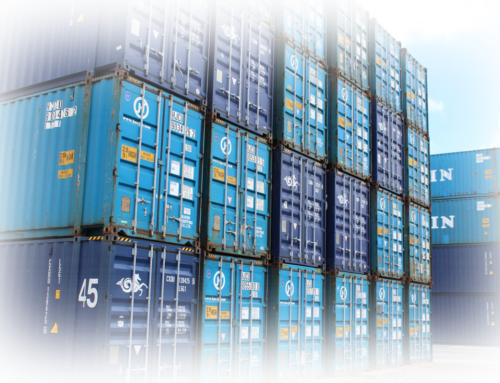Last year, figures about global air freight markets show an expansion of cargo volumes measured in freight tonne kilometers (FTKs) of 2.2% compared to the previous year. According to the International Air Transport Association (IATA), this is a slower pace than the 5.0% growth that was measured in 2014.
The 2014 pace was upheld in the beginning of 2015, followed by a decline that continued through most of 2045. Only at the end of the year, a small recovery was noted.
In depth regional analysis show the worst decline in the South American markets with a steep decline of 6.0%. This bad result was compensated by a strong growth in the Middle East (11.3%). Asea Pacific, representing 39% of the traffic experienced a slight 2.3% expansion. The markets in Europe and North America basically matched their 2014 result.
Tony Tyler, IATA’s Director General and CEO stated that “2015 was another very difficult year for air cargo. Growth has slowed and revenue is falling. In 2011 air cargo revenue peaked at $67 billion. In 2016 we are not expecting revenue to exceed $51 billion. Efficiency gains are critical as the sector adjusts to shortening global supply chains and evermore competitive market conditions. We have to adjust to the ‘new normal’ of cargo growing in line with general rates of economic expansion. The industry is moving forward with an e-freight transformation that will modernize processes and improve the value proposition. The faster the industry can make that happen, the better,”
The industry’s key challenges will be discussed in detail at the World Cargo Symposium (WCS) in Berlin, 15-17 March. The world’s largest gathering of air cargo professionals, the 10th WCS will bring together 1,000 delegates under the theme of ‘The Value of Air Cargo’ to debate solutions for strengthening air cargo and the vital service it performs for the world economy.
Usefull links:


